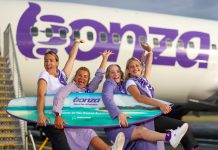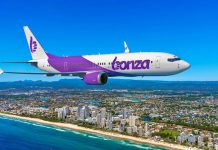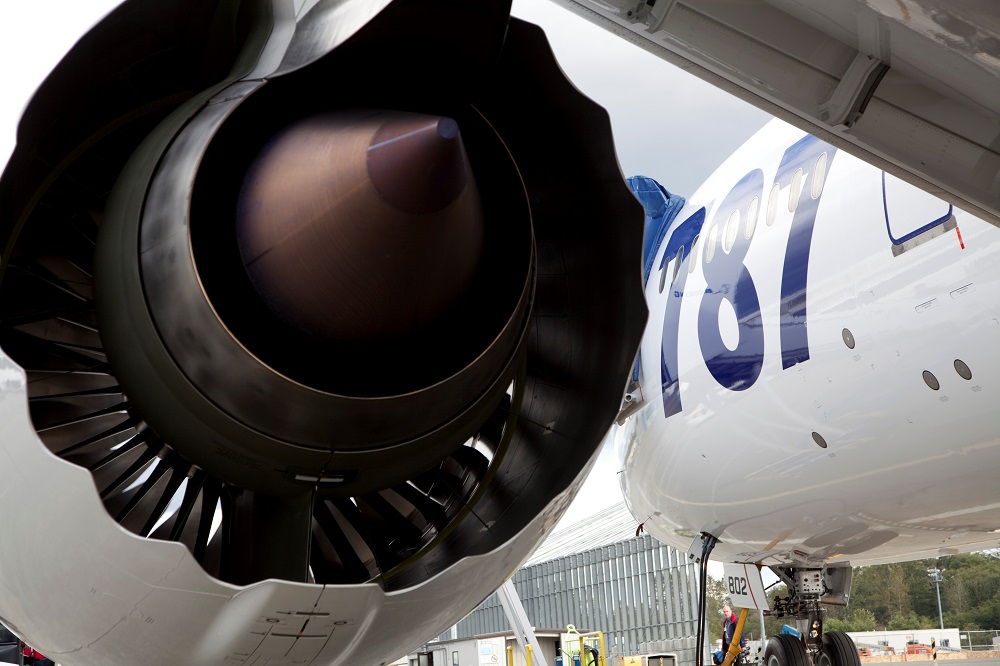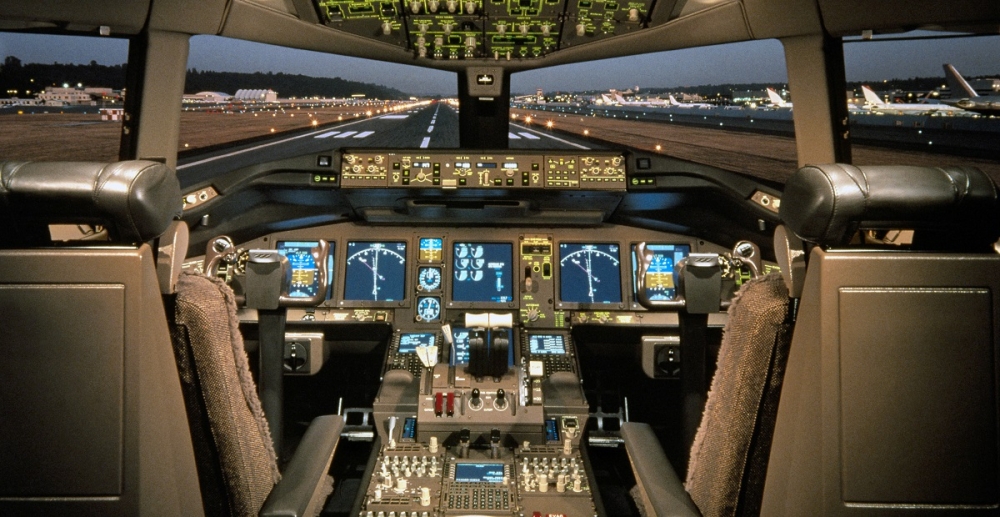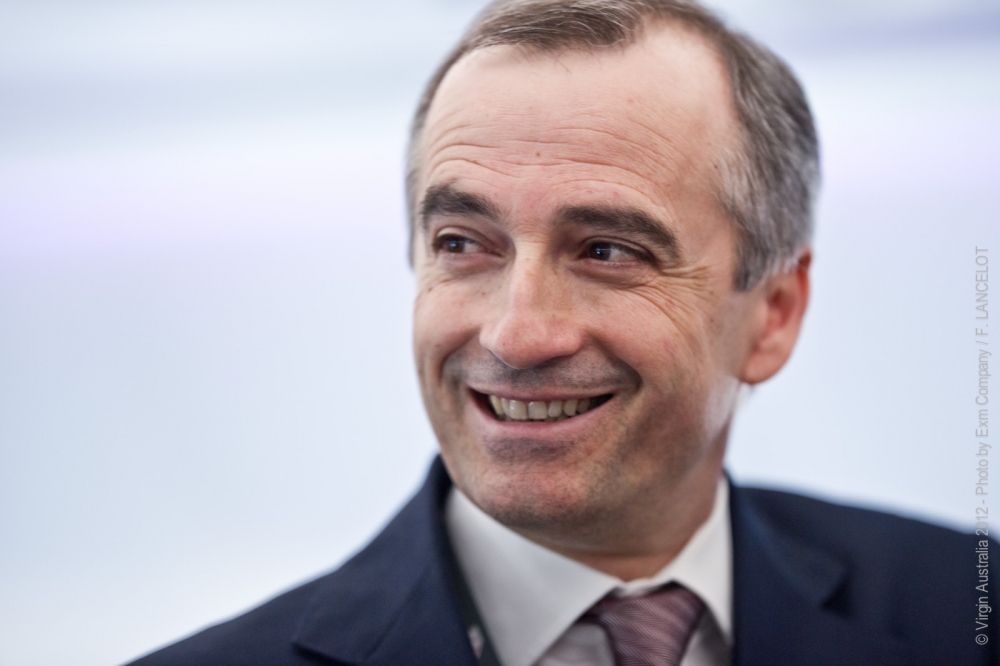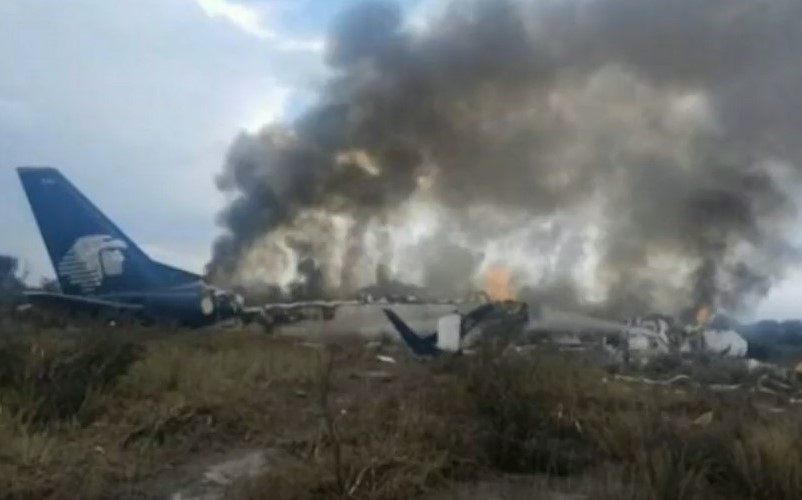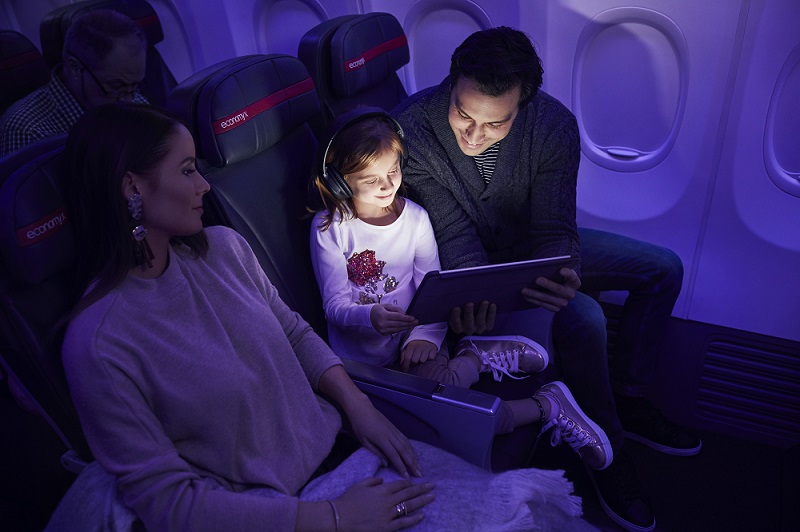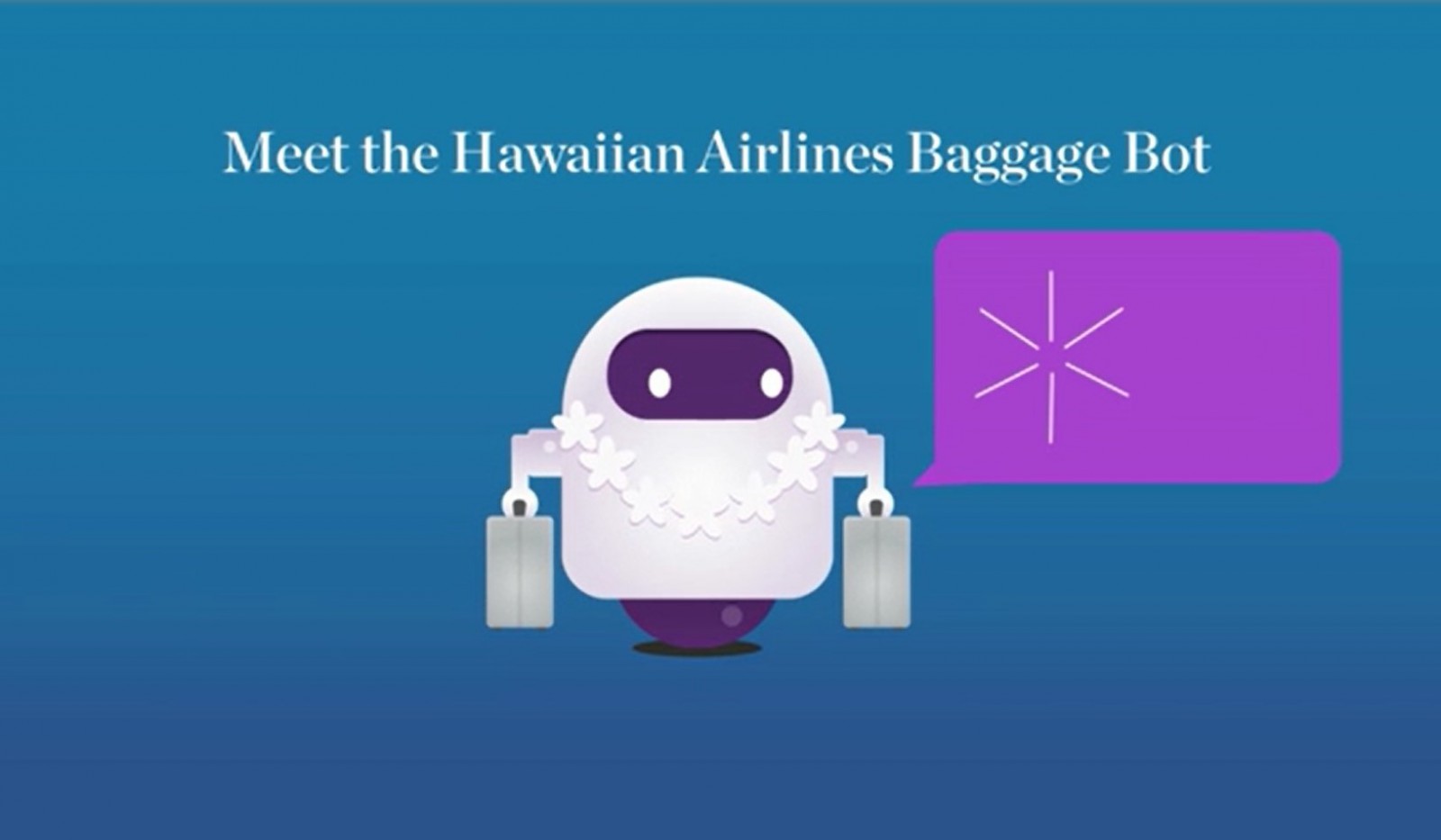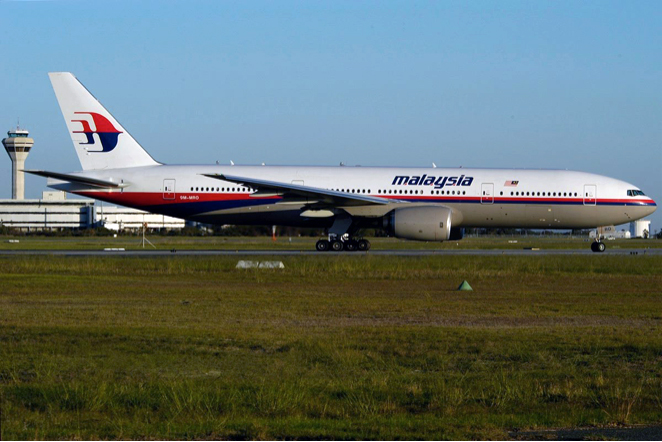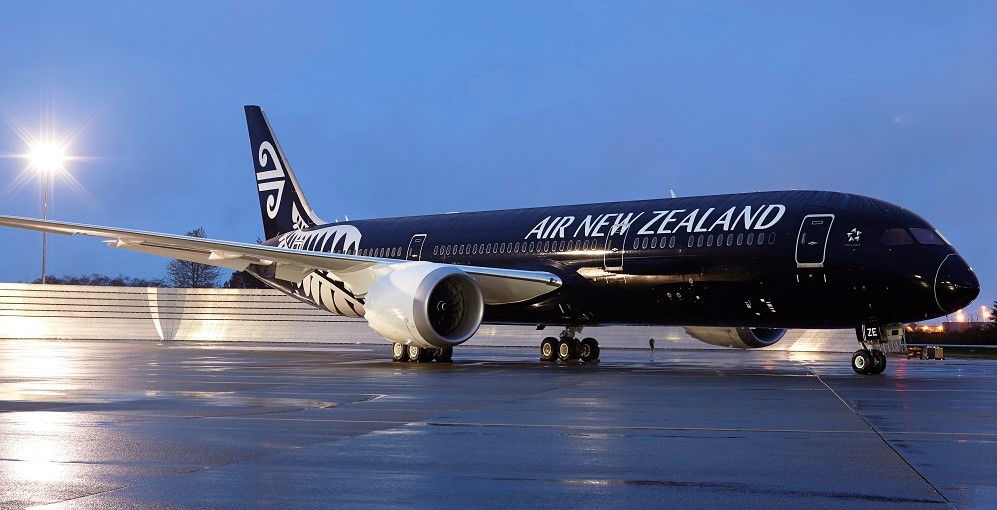Virgin Australia John Borghetti has not ruled out deploying low-cost carrier Tigerair Australia in the upcoming battle across the Tasman but says it will not happen immediately.
“We may at some point go on the Tasman,’’ Borghetti told the CAPA Australia-Pacific Aviation & Corporate Travel Summit in Sydney Thursday. “Not tomorrow but we may at some point.’’
The Virgin boss said the first priority of Tigerair chief executive Merren McArthur was the domestic business and the transition of the low-cost carrier’s fleet of 15 aircraft from Airbus A320s to Boeing 737s.
He said the fourth 737 would be added to Tigerair’s fleet within the next few days.
Virgin Australia is already boosting its trans-Tasman capacity and this week announced it was upgrading its product in the market to give all passengers food, drinks, luggage allowance and wi-fi.
READ Virgin upgrades trans-Tasman product as it prepares for battle
The moves come as the airline gears up for a three-way battle with Qantas and Air New Zealand from the end of October, when its trans-Tasman alliance with the Kiwi carrier ends.
Borghetti said to some degree Virgin’s product had been held back on the Tasman because of the alliance.
“We don’t have that issue anymore, or won’t have shortly’’ he said. “But it also opens up the door should we want to use Tiger and I’ll just leave that open.”
Borghetti acknowledged the quality of his trans-Tasman competitors but said Virgin’s product would stand up against them.
He also said he also found the codeshare agreement between Qantas and Air New Zealand “a little bit interesting” and said he had raised issues with the Australian Competition and Consumer Commission.
“On a stand-alone basis you read it and you look at it and you say this doesn’t really make sense,’’ he said, adding there could be a part two to the deal “because this can’t be the whole story”.
“And I think that would be one of the worries for competition on the Tasman,’’ he said. “We made some comments about that formally through the regulators and we will continue to make them.”
Borghetti said he could not recall in his 45 years where two carriers had not wanted to forge an alliance on the Tasman.
“It’s always wanting to get into it,’’ he said. “I’ve never experienced a situation where someone wants to get out of it but there’s a first time for everything.’’
Asked about the future as a Virgin shareholder of China’s troubled HNA Group, shareholders, he said HNA had not given him any reason to believe that they were not going to stay.
HNA Group announced a management reshuffle Thursday after the death of co-chairman Wang Jian in France last month and has been selling assets after a multi-billion-dollar spending spree was reined in by the Chinese government.
“I can’t talk for my shareholders, you’ll have to ask them yourself. But all I can say is that from my perspective they’re incredibly supportive, as the others are, and we’ve got a good relationship with them.
“What they do ultimately, or what any of them do, ultimately with their shares is really up to them.”
He gave a similar response to questions about Etihad.
Borghetti announced in June that he plans to step down and will not renew his contract past January 1, 2020.
He said he had “a few plans” post-Virgin but he would keep those quiet until he was ready to say something.
He had told the board he would stay until the end of next year but his departure would depend on when a replacement was found.
“I’m really in their hands,’’ he said.
He said search companies were working on finding a replacement but “these things have got to be done right and you’ve got to take your time to make sure you’ve found the right person.
“It’s probably the most important the board makes is to find a CEO and they’re taking it very seriously,’’ he said “They’ll take all the time they need to take to get the right answer.’’
Asked if he had a preference for an internal or external candidate, Borghetti said: “I want the best.”
On his legacy during his time at Virgin, Borghetti said he had achieved the top five things he wanted to do, including expanding the airline’s Velocity frequent program.
“There are two or three little things that haven’t been finished yet and most of them will be done by the time I go,’’ he said. “But really the big points have been covered off.”
The Virgin chief was also challenged about the airline’s share price and profitability as well as the yardstick by which he measured his success.
He noted that the share price initially fell after a profit downgrade within weeks of his arrival.
Since then investors had taken big chunks if the company and liquidity had reduced to 8 percent.
“I could answer this question in the next hour but the simple answer, the simple one-line answer, is the company now has a future and it has strong investors behind it,’’ he said.


